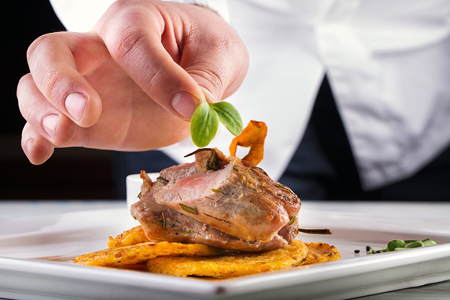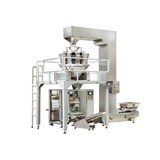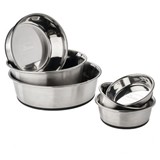Considerations which lay the foundations for a great menu and ensure you not only meet your market's tastes, but their pockets. So here are a few ways to get the right ingredients for a varied and viable menu.
Choose your diners first
Who are they? What are they expecting from you? How much can they afford to pay for an entree, a main, or a dessert? Define the demographics of your diners before you choose a single ingredient. If your market is high flying socialites, they'll be accustomed to prices that would make others eyes pop. If you're likely to attract working class families, you’ll need to aim for a low price, two tier menu for adults and kids. Once you know the price points your menu needs to match, you can set about finding ingredients based on the profit margin you need to make.
Choose the right mix of flavour and flair
Strangely, some of the most colourful ingredients are also the most tasteless – just ask anyone who's tried a few spectacular dishes on Instagram. So unless your clientele are more interested in photographing your food than actually eating it, you'll want to find a happy balance between palate and presentation. Simple fare can still be stunning and every ingredient you add impacts on your price waistline.
Choose kitchen-friendly produce
Your kitchen's size, layout, useable surface area, equipment and storage will also influence the ingredients you choose. If space and storage is limited, you might need to consider a small range of versatile ingredients; all-rounders requiring minimal preparation and easily adaptable to a variety of dishes; potatoes – baked, mashed, French fried, diced for soups – is a good example. Likewise, if your kitchen currently has an oven, fryer and sauté station, be mindful of ingredients demanding a grill or broiler for a one-off dish.
Choose local suppliers if you can
Consumers from all walks of life are now demanding sustainable produce from both their supermarkets and their restaurants. Fail to deliver and chances are you’ll fail to retain customers. So if geography permits, seek out local organic suppliers, especially for your fruit and vegetables. While prices may be slightly higher, shorter distances may allow you to buy small and fresh daily. If your ingredients list is clear, you can join a cooperative buying group to gain bargaining power and keep price points down.














-160x160-state_article-rel-cat.jpg)